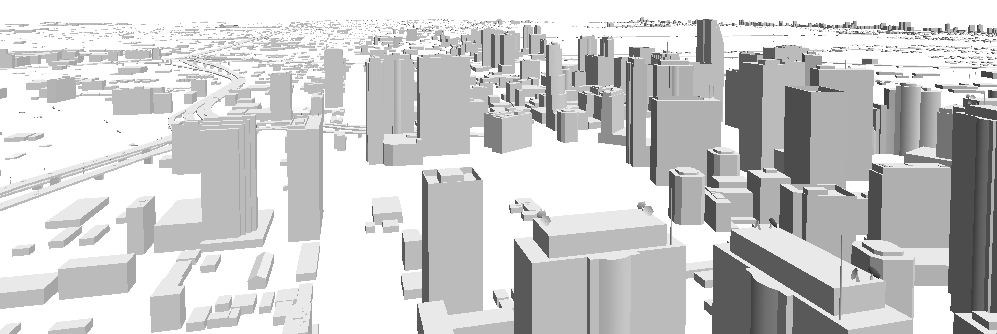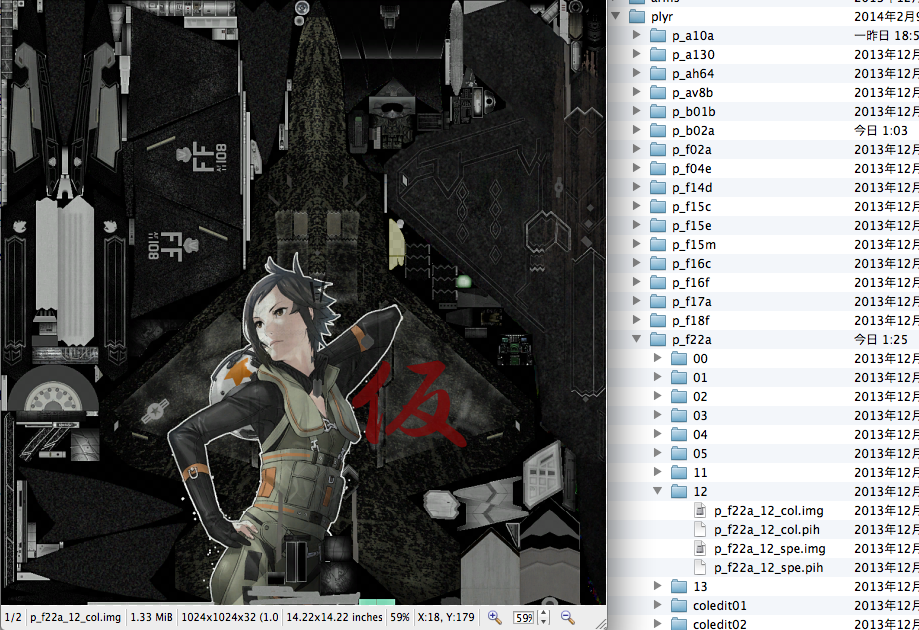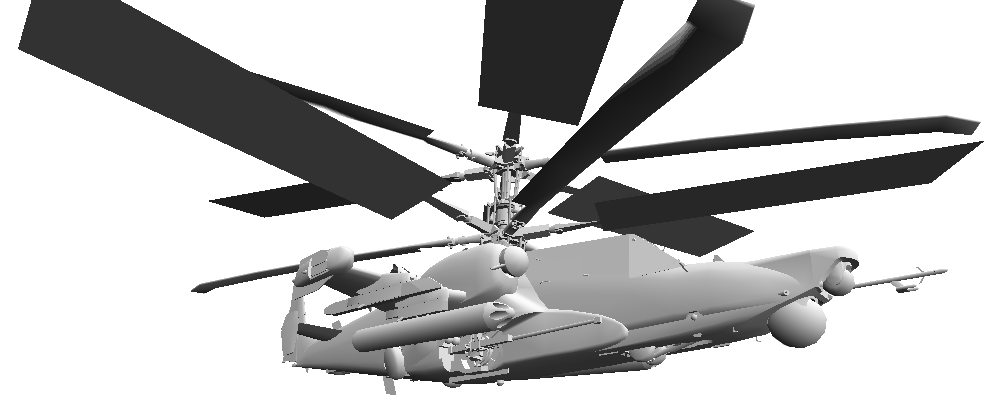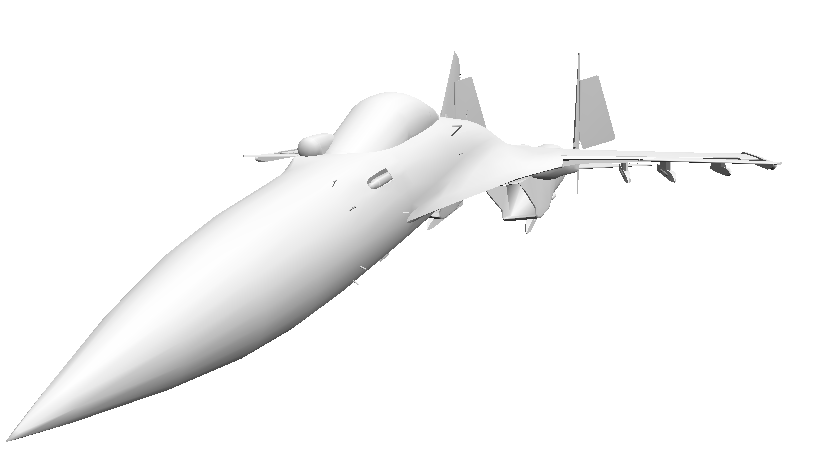I have successfully implemented collisions. Missiles and planes can hit buildings now.
Tag: Open Horizon
Multiplayer… almost
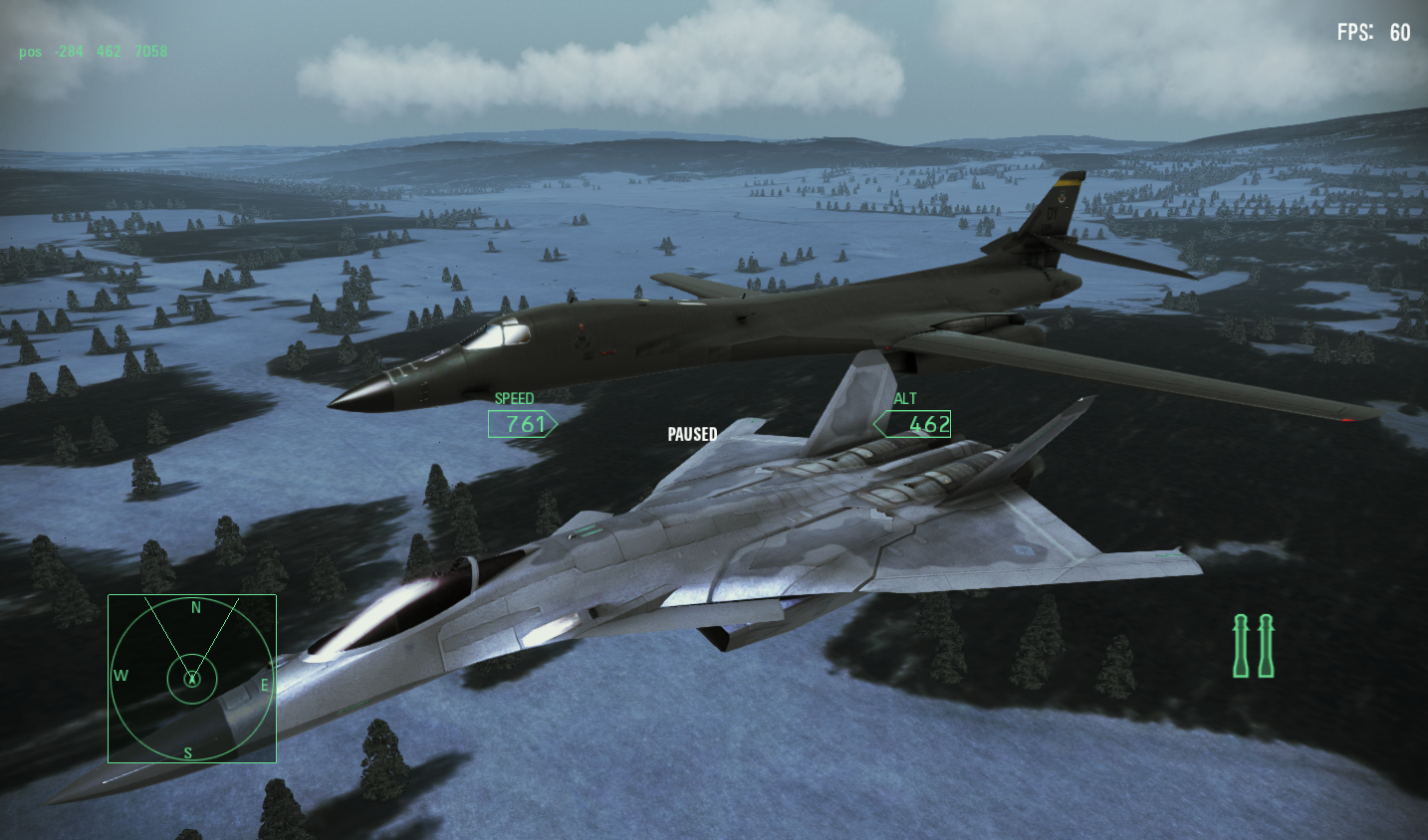
First multiplayer flight in Open Horizon’s history, with duct-tape implementation over boost::asio. While I’m resting(got red eyes lately, so trying to stay away from laptop for a while, at least at home), asked a friend to help me with network. He’s going to implement an important part for some miso soup. I’m not going to implement full multiplayer support right now (who will play it anyway?), but still think that it would be good to have multiplayer-aware architecture before I go deep into game mechanics.
Open Horizon progress report
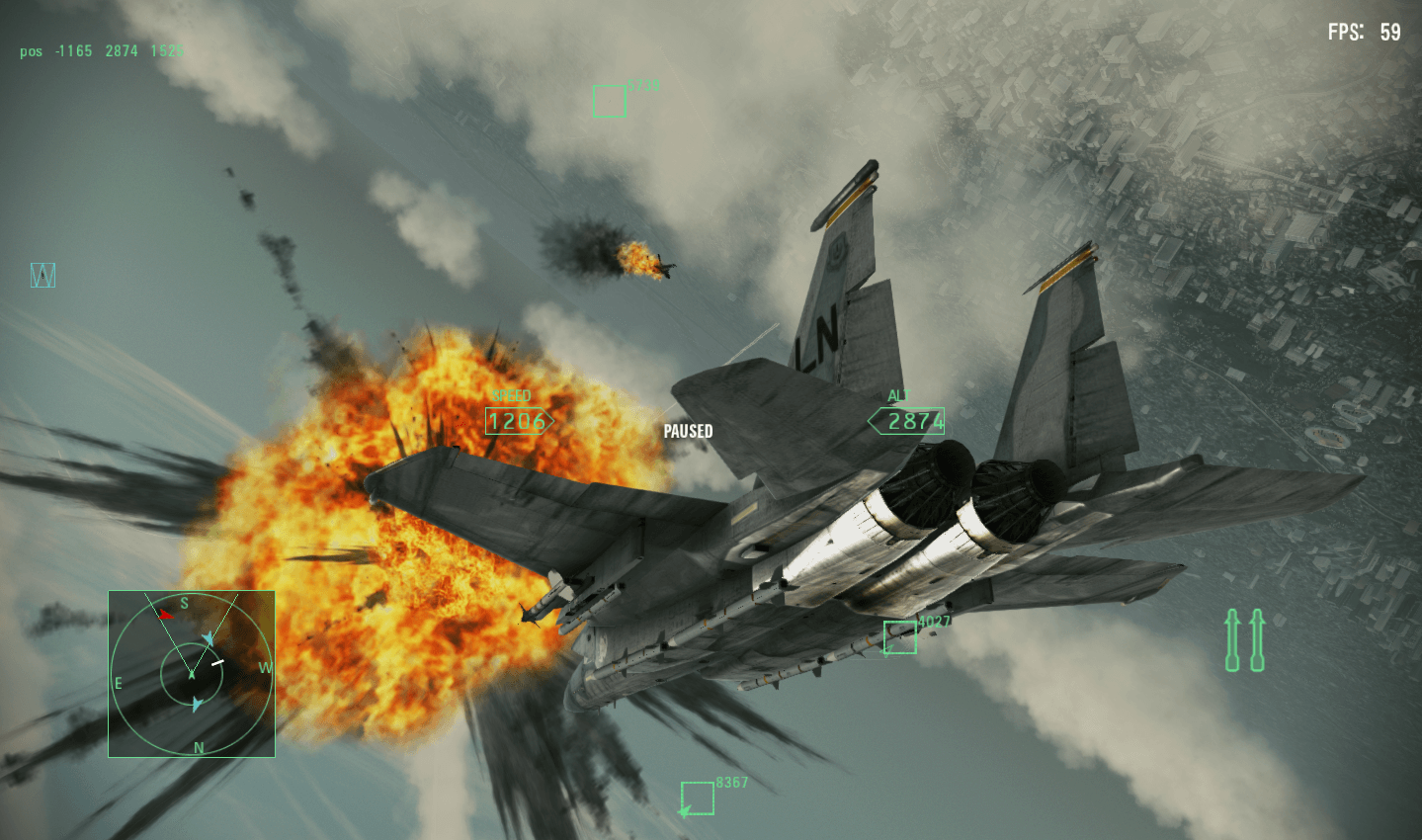
Demo 4 release and new features – effects, trees, radar, terrain, enhanced fonts, missile warning and lots of small improvements.
Cockpit view and missiles mount
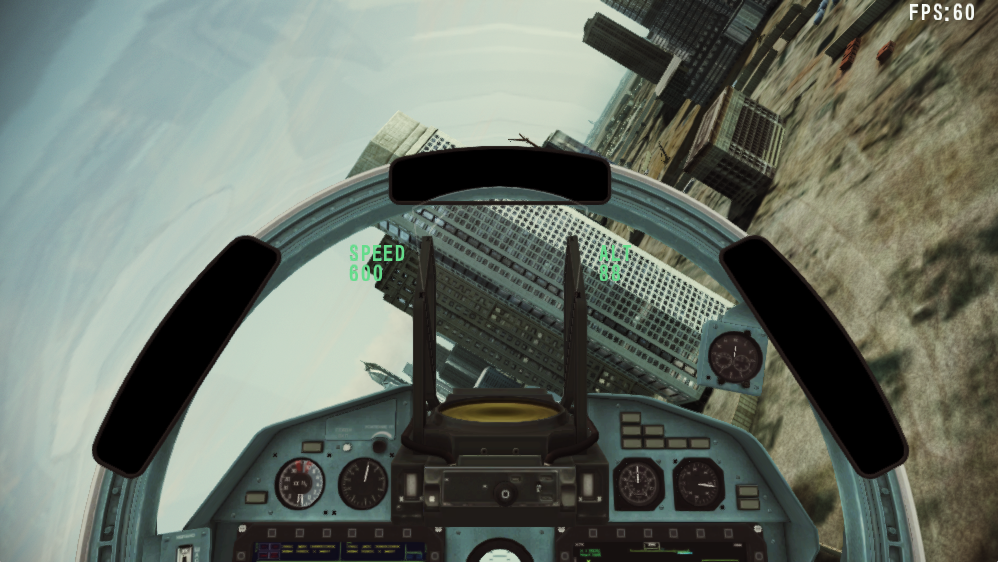 Camera modes could be changed with V key. Most cockpit avionics works, other requires more work on the flight model, so I’d like to leave it as it is for now. Continue reading
Camera modes could be changed with V key. Most cockpit avionics works, other requires more work on the flight model, so I’d like to leave it as it is for now. Continue reading
Open Horizon progress report
After a long period of time you expected some major updates? (insert Sayaka pun here). Still, there are a lot of things done – clouds, post-processing, landscape data, fixes, and also dlc pack decrypted.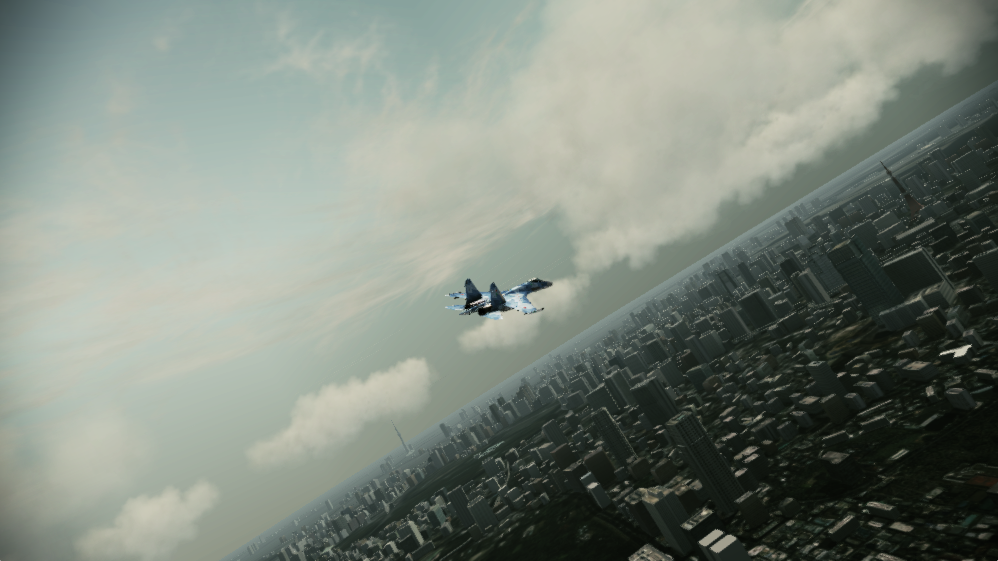 Continue reading
Continue reading
Progress report
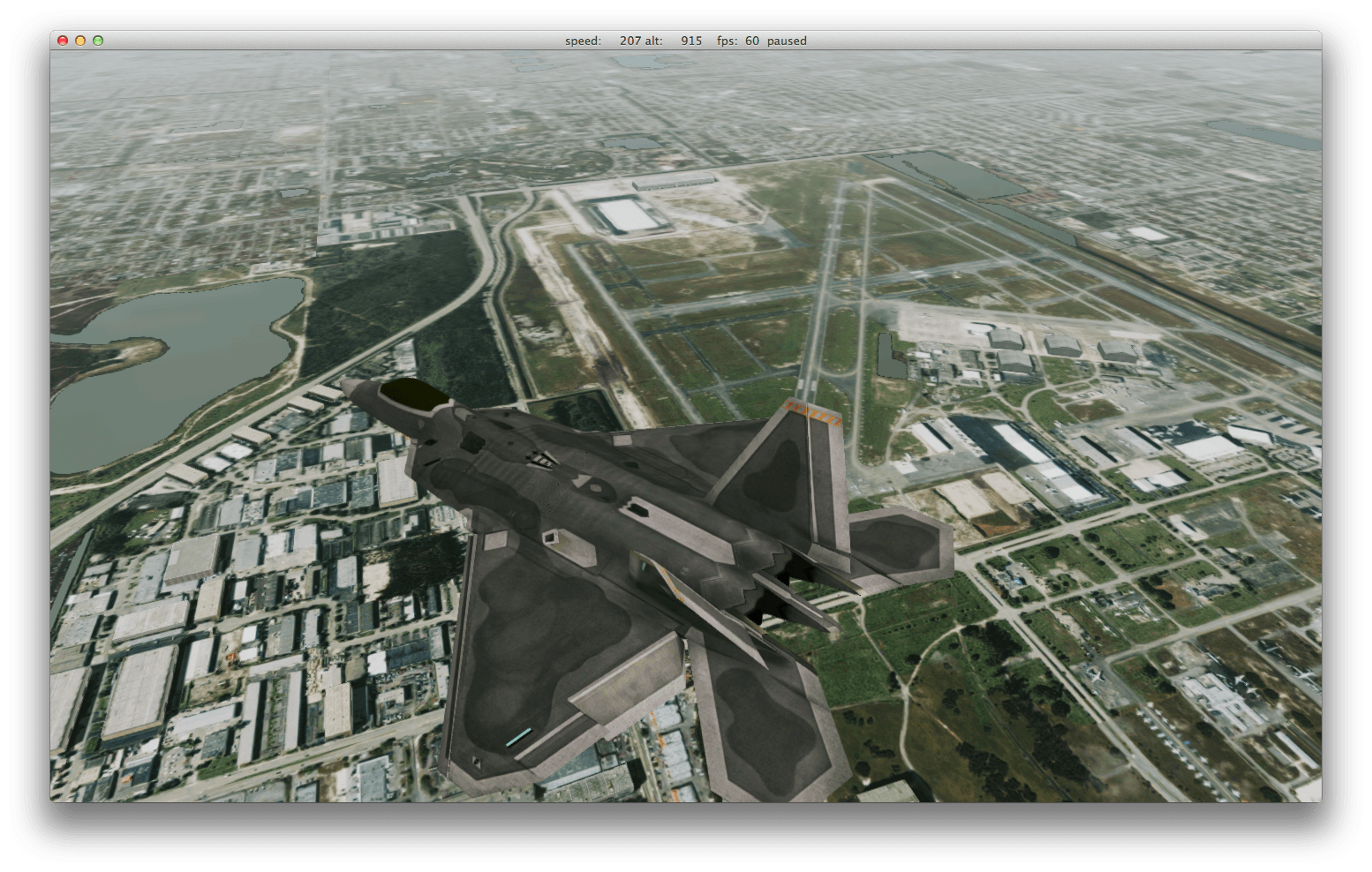 I’m glad to share with you my current progress. As you can see, I’ve loaded landscape (with hacks that I’ll fix later), loaded animations and added basic post-processing – color correction and FXAA. I also wrote linear approximation to AH’s flight model, it works pretty well, but another approach is required to get exact formulas. What’s next? Clouds, perhaps.
I’m glad to share with you my current progress. As you can see, I’ve loaded landscape (with hacks that I’ll fix later), loaded animations and added basic post-processing – color correction and FXAA. I also wrote linear approximation to AH’s flight model, it works pretty well, but another approach is required to get exact formulas. What’s next? Clouds, perhaps.
Textures
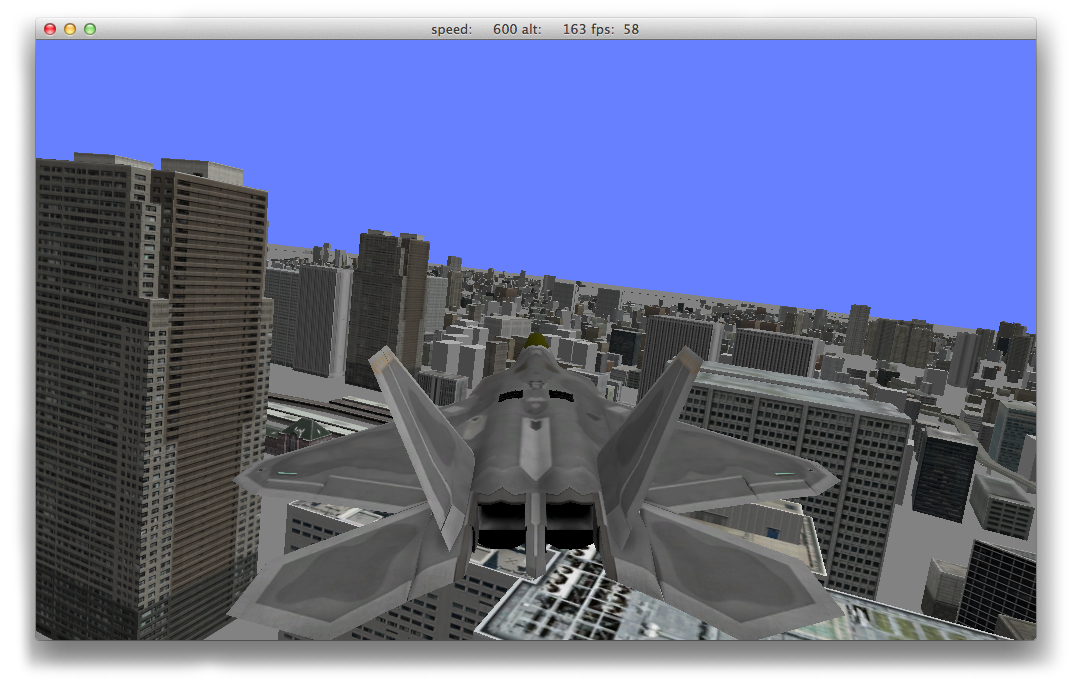 Instead of working on a flight model, I’ve researched locations’ format and texture assignment in AH a bit. Looks trashy without proper shaders and post-processing, but it’s an another step on a long way. I wish I had more free time…
Instead of working on a flight model, I’ve researched locations’ format and texture assignment in AH a bit. Looks trashy without proper shaders and post-processing, but it’s an another step on a long way. I wish I had more free time…
Nagase F-22 paint theme
Map loaded
Hurray! The title speaks for itself.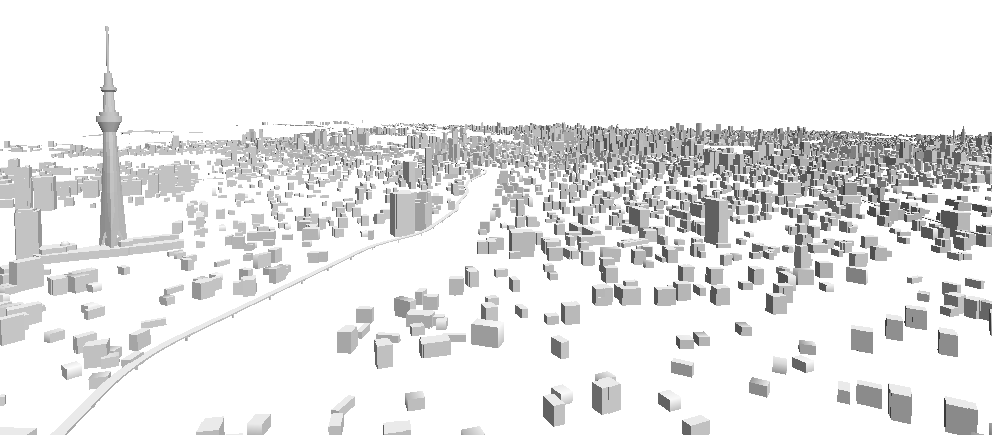 I have learned how to load map files. Not everything, but enough for testing. Finally, I’m able to work on flight model! In fact, I don’t know how to do it. I shall start with simple manoeuvres and find relations between plane’s flight model parameters and speed/acceleration. I hope it’s possible to read AH’s memory at runtime and dump values to collect reference data. Memory address of each value can be found with ArtMoney but it’s not an easy way, so I’ll start with visual development of a simple model based on common assumptions and see where it goes.
I have learned how to load map files. Not everything, but enough for testing. Finally, I’m able to work on flight model! In fact, I don’t know how to do it. I shall start with simple manoeuvres and find relations between plane’s flight model parameters and speed/acceleration. I hope it’s possible to read AH’s memory at runtime and dump values to collect reference data. Memory address of each value can be found with ArtMoney but it’s not an easy way, so I’ll start with visual development of a simple model based on common assumptions and see where it goes.